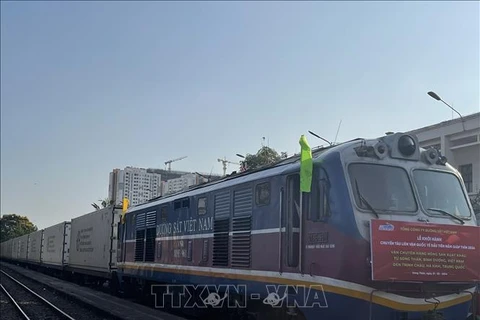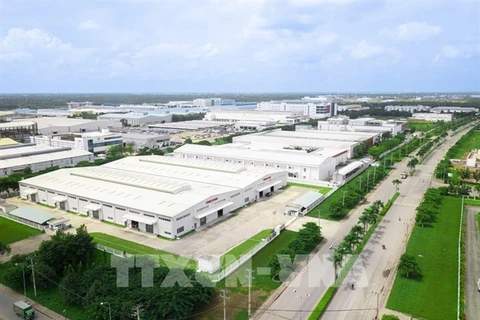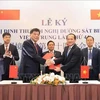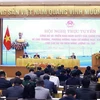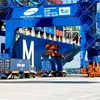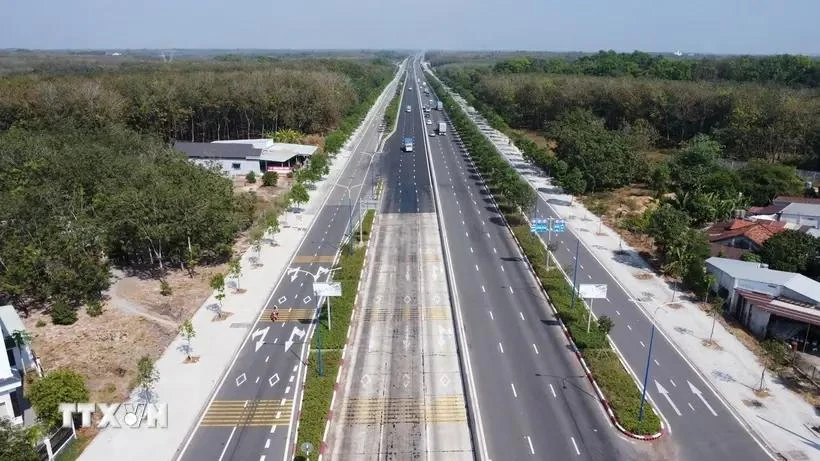
Hanoi (VNA) - An urban industrial, service, and logistics belt system along the corridors of Ring Roads 3 and 4 and inter-regional highways, if developed cohesively, will constitute a significant breakthrough for linking key economic zones in the southern region, according to insiders.
The Ho Chi Minh City Planning – Architecture Department has just sent a document to the municipal People's Committee proposing a project to form the belt system.
According to the department’s assessment, the ring roads and inter-regional highways are critical and strategic transport axes that connect urban areas, and industrial and service centres in the Southeast region. They play an important role in enhancing multimodal regional connectivity and leveraging Ho Chi Minh City's role as a nucleus in its relationship with the entire region.
Investments in constructing Ring Roads 3 and 4, and forming expressways in the coming time will help expand development opportunities, catalyse new growth dynamics, and foster the establishment of key industrial, service, and logistics belts in the region.
In addition, Ho Chi Minh City, as a centrally-run city, holds a special status with the largest population and economic scale in Vietnam. Situated strategically at the heart of the Southeast region, it boasts robust multi-modal transportation connections. Therefore, the effective exploitation of the city's development potentials, particularly in high-tech industrial sectors, services, and logistics, is expected to hold significance in boosting socio-economic development in the region and nationwide.
Architect Ngo Viet Nam Son, an urban planning expert, said that in the regional connectivity between Ho Chi Minh City and neighbouring provinces within the key southern economic zone, the economic hub’s connectivity with such provinces as Binh Duong, Dong Nai, and Ba Ria-Vung Tau is crucial and deserves priority. These localities contribute significantly to the national budget; however, their development has been localised, with each pursuing its own strengths independently. As a result, interconnectivity and linkages among them remain relatively weak.
Therefore, the formation of a corridor system connecting logistics, services, and industrial sectors among these four localities will create a breakthrough to boost gross regional domestic product (GRDP) of each locality and contribute to the overall national economic growth, Son stressed./.
